A list with ratings of some of the rums I've had. In Danish though; I'll translate upon request.
Notes and ratings about the rums I've had. Actually, they're mostly for myself and because I'm quite fond of the sweet rums, these descriptions aren't necessarily good for others. Sorted according to deliciousness.
Unfortunately, I'm not particularly good at putting into words all the flavors that real connoisseurs throw around, so it's mostly like "good" vs. "less good".
If you click and choose "Print to PDF" or something like that, you'll get a nice page that you can bring to a liquor store if you want to give me a present. If you're in Copenhagen, I recommend Shoppen.
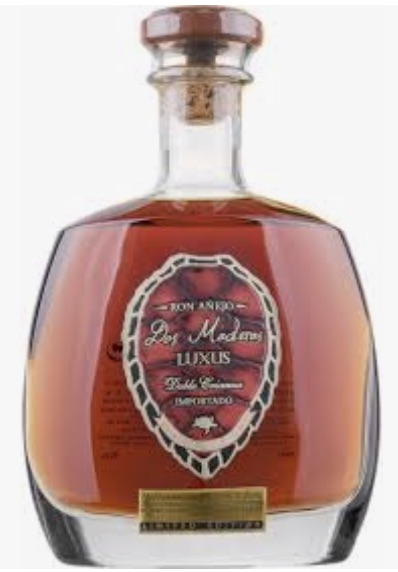
Dos Maderas Luxus — Barbados-Guyana blended rom 40%
Ron Zacapa, 23 års
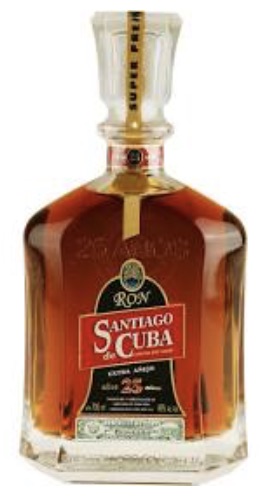
Santiago de Cuba Ron Extra Anajo, 25 år
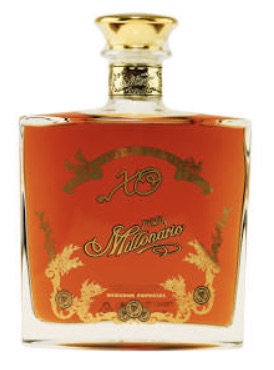
Ron Millionario Solera XO Reserva 40%

Trinidad Multi Vintage 1999, 2001 & 2003, 46%
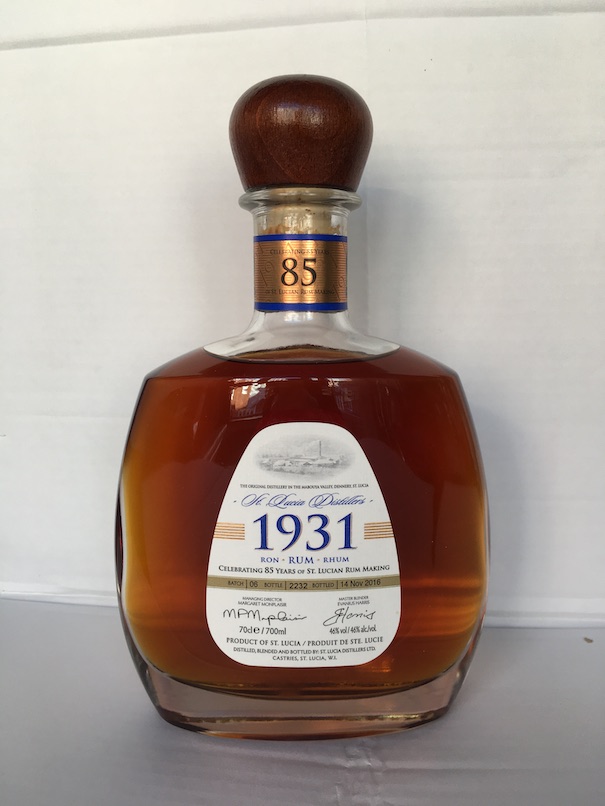
St. Lucia 1931
Zafra Master Reserve, 21-års

Finest Jamaica Rum Director's Choice 1982
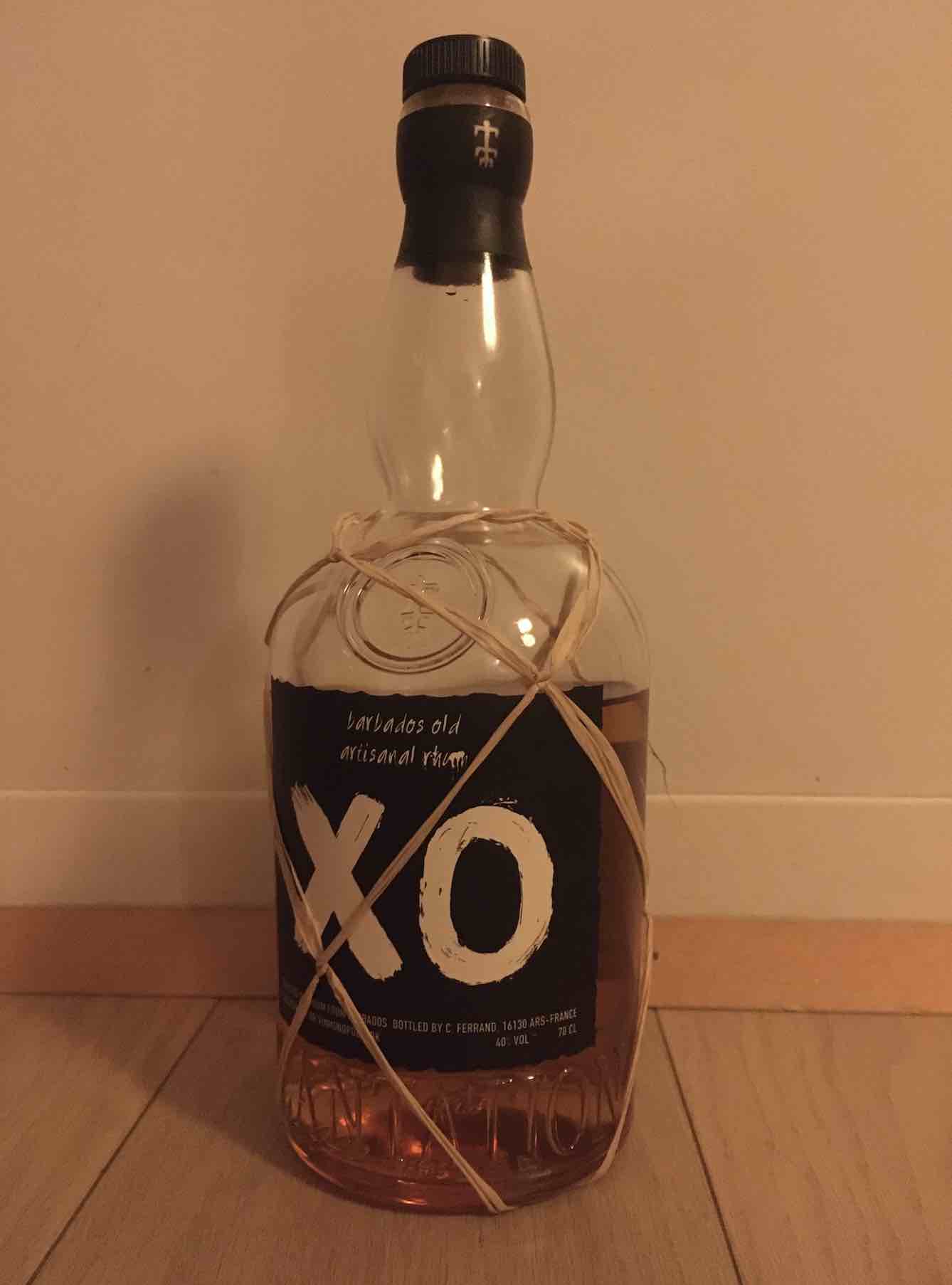
Barbados Old Artisanal Rhum XO
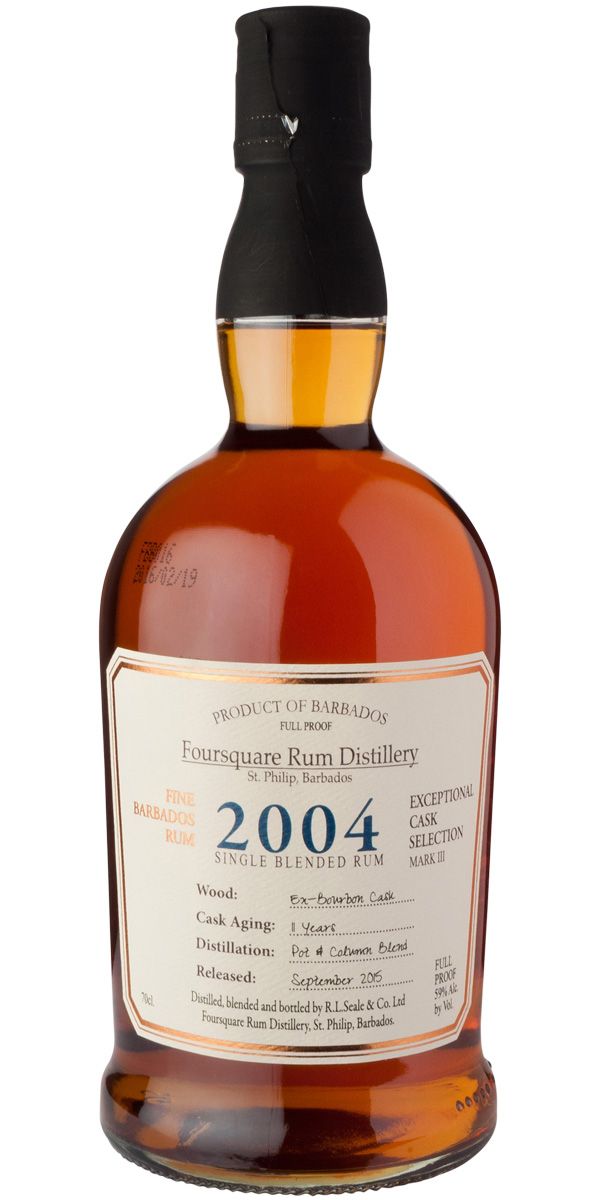
Foursquare Rum Distillery 2004
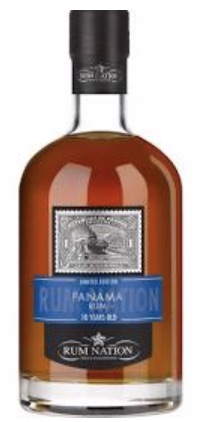
Rum Nation – Panama 18 år, 2014, 40%
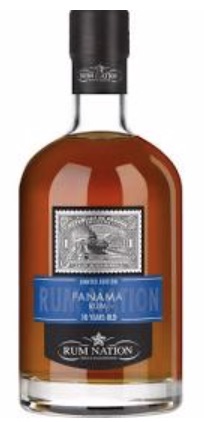
Ocean's Atlantic Rum 43%
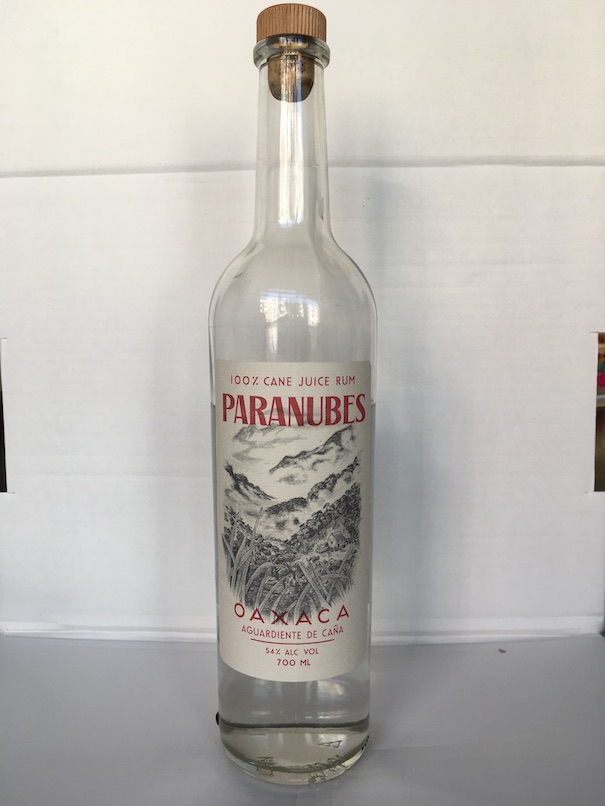
Paranubes Rum Oaxaca Aguardiente de Caña
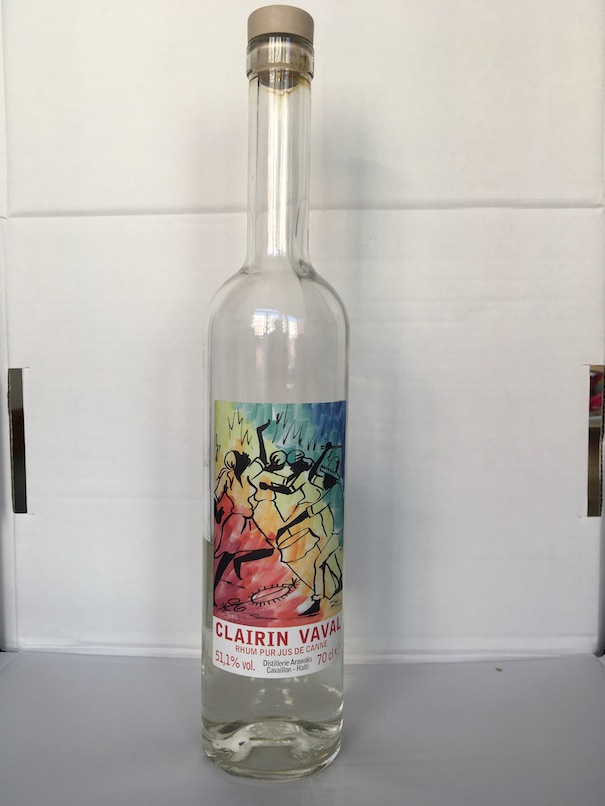
Clairin Vaval 2015
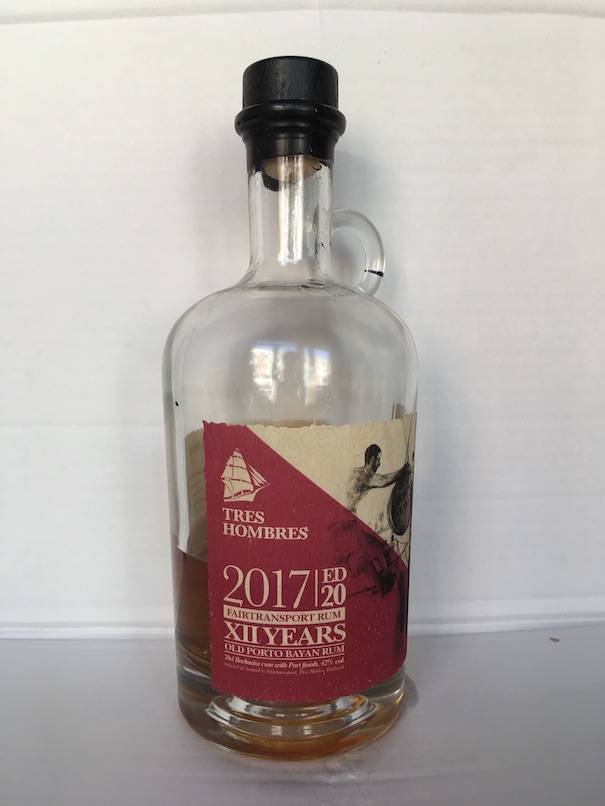
Tres Hombres 2017 XII years
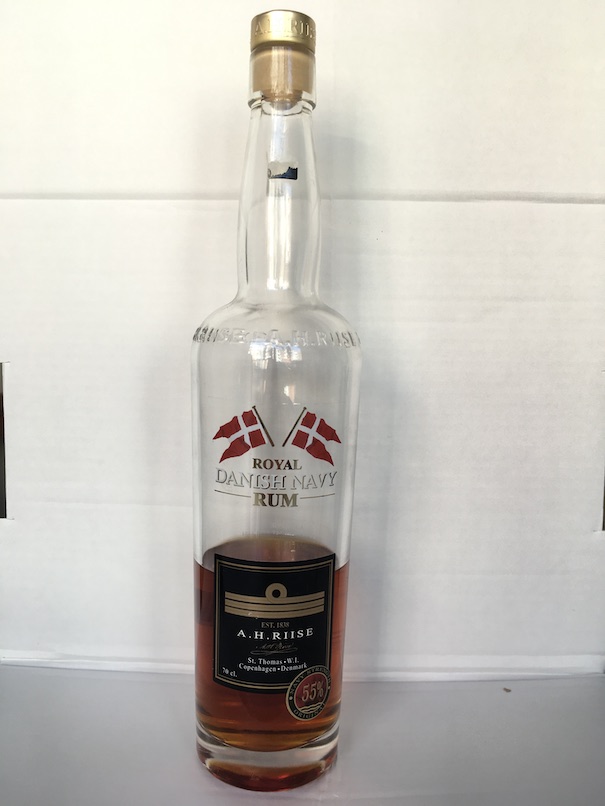
A.H. Riise Royal Danish Navy Rum
Pyrat XO Réserve, ca. 10-års

Diplomático Reserva Exclusiva, 12 års

Ron Atlantico Private Cask, 15–25 års blend
El Dorado, 12 års
Plantation, Barbados, 2000
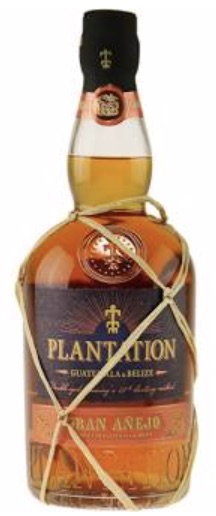
Plantation Guatemala Gran Añejo
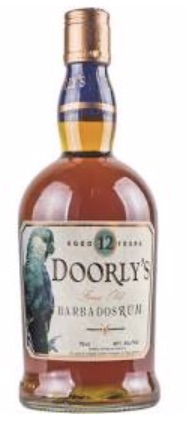
Doorly's Rum 12 år Barbados 40%
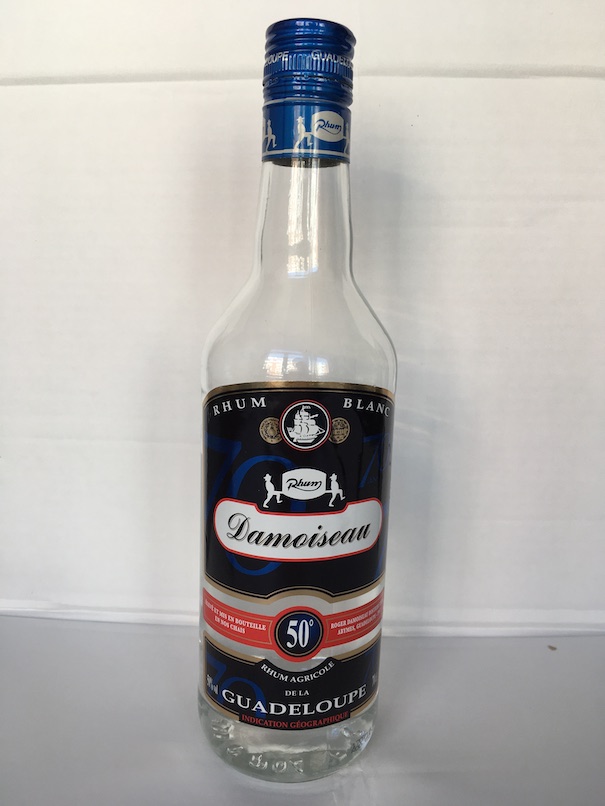
Damoiseau Guadeloupe 50%

Tres Hombres 2017 Edition 20 12 yo Old Porto Bayan Rum
Grenada Westerhall 12-års, Renegade Rum, 1996

Plantation Trinidad, 2000
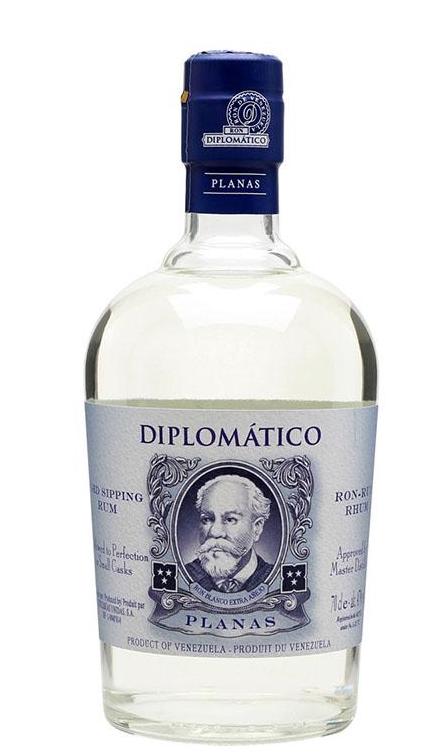
Diplomatico Planas
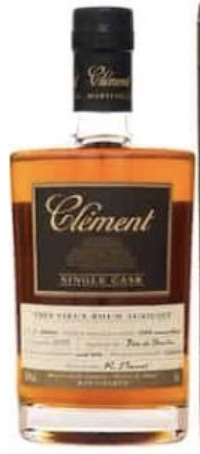
Clément Rhum, 10 års
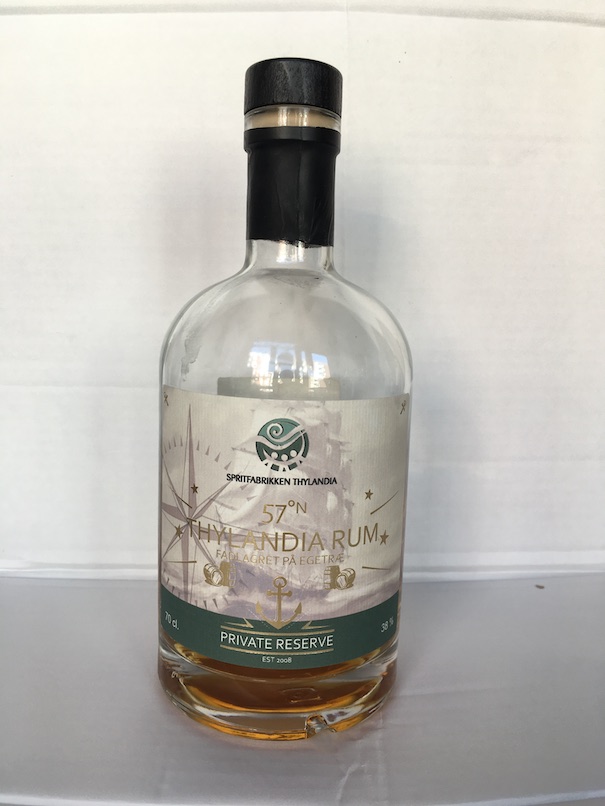
57°N Thylandia Rum
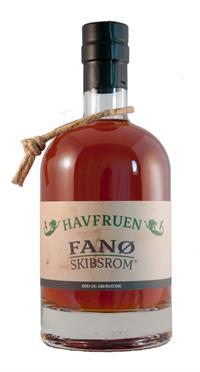
Fanø Skibsrom — Havmanden
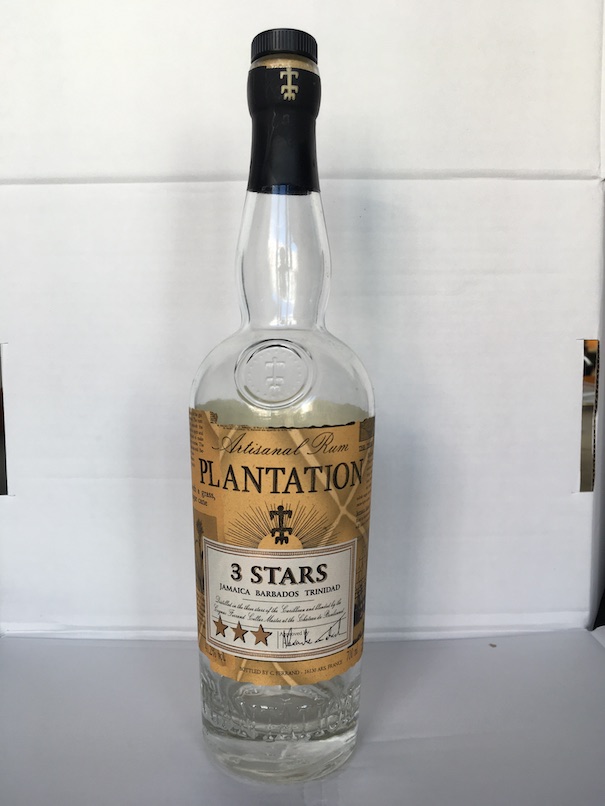
Plantation 3 Stars

Berrys' Own Selection Demerara Rum, 1988
Clément – Rhum Vieux
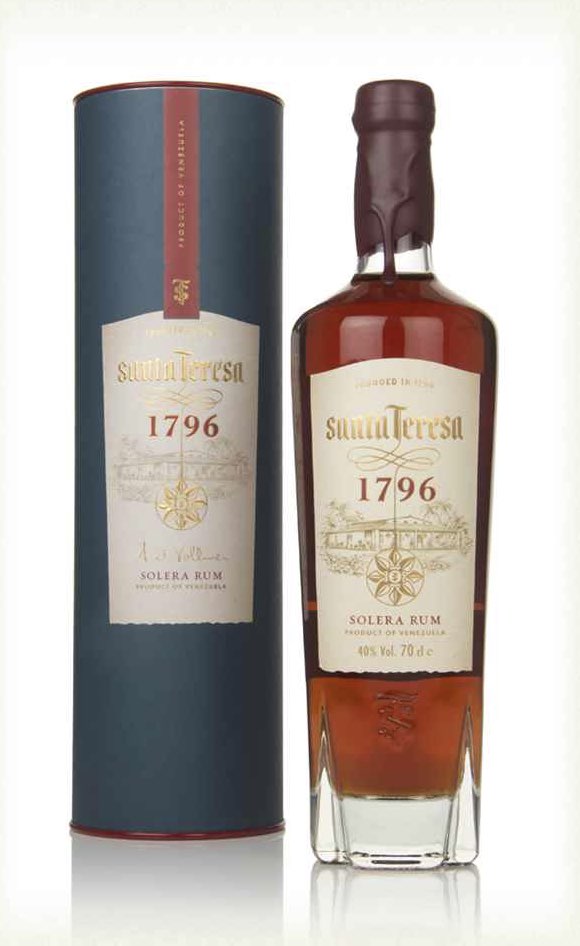
Santa Teresa 1796
Bacardi, 8 års

Plantation, Grenada, 1998

Enmore 1988 Guyana
Clément Rhum Blanc
Havana Club, 7 års
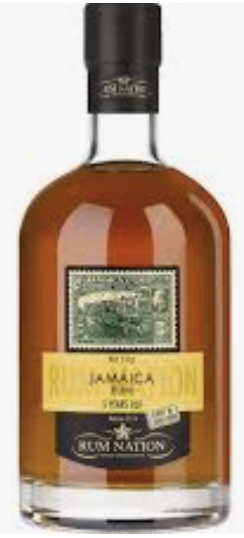
Rum Nation – Jamaica 8 år "Oloroso Sherry Finish", 50%
Havana Club Añejo Reserva
Hansen Golden Rom
Captain Morgan
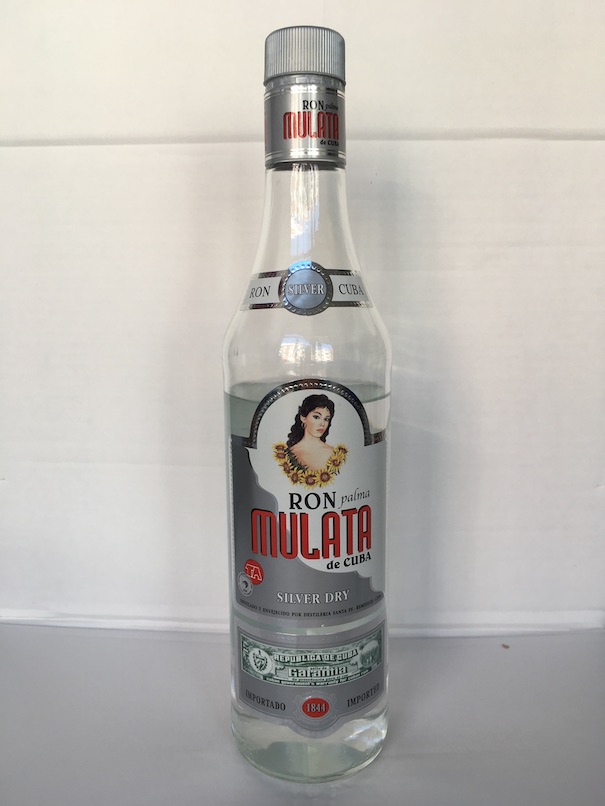
Ron Palma Mulata de Cuba, hvid
Fun facts about rum:
- Sugarcane has been cultivated for 10,000 years; first in New Guinea.
- The English production method was on molasses (the rest product from producing sugar), since that was cheaper, tax-wise.
- The French (agricole) was directly on the juice. More expensive, since you couldn't make money on the sugar first.
- The agricole is usually drier, more aggressive.
- Distillation began in the 15th century, but was not properly controlled until the 16th century.
- Water and yeast is added to the molasses or the sugar juice, then left to ferment in giant tanks until it reaches 6-14% alcohol.
- The substance is then destilled on either pot stills or column stills.
- Pot stills often give the best taste, but only gives roughly 60% alcohol; column stills are faster and cleaner, more vodka-like, giving up to 96%. Both are made of steel or copper.
- Subsequently the rum is aged in casks for some 3-25 years, after which it's usually blended.
- Alcohol in the English military was banned in 1970.
- Aging in the Caribbean "counts" for much more, so for Caribbean rum 5-10 years is usually fine.
- Trick if you are not so fond of dry rum: pour at bit of sugarcane- or agave-syrup.
- That a rum is "solera" does not — as one may think — mean that it is made of a single year's batch, but on the contrary that it is a mixture of several years. The barrels with the various years are stacked on top of each other (at least they used to be), and the name is Spanish for "on the floor", referring to the lowermost barrels with the oldest years.


